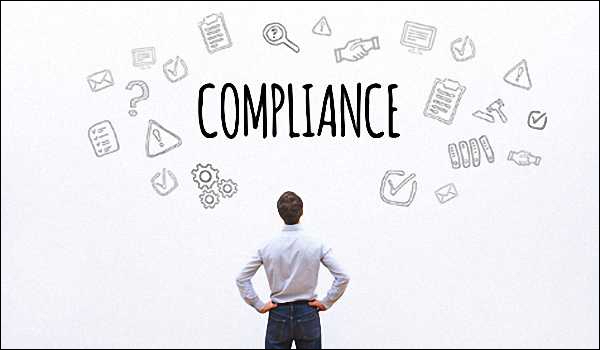
BORROWING THROUGH a Self Managed Super Fund (SMSF) to acquire commercial property has been a popular and attractive strategy over recent years – due to the tax benefits, and ability to minimise personal guarantees.
This is done through what is called a ‘Limited Recourse Borrowing Arrangement’.
Unfortunately for some, this form of borrowing has become increasingly difficult over recent years – as banks have pulled back in this space and it was very nearly outlawed all together (the Labor party indicated they would ban LRBAs, if they had have been successful at the federal election). But it is still available at the time of writing.
So, let’s answer some of the questions being frequently asked in relation to this type of borrowing.
What is a Limited Recourse Borrowing Arrangement (LRDA)?
This refers to a borrowing arrangement where a third-party lender (such as a bank or another lender) lends funds to a trustee acting on behalf of a trust (usually an SMSF trust). Then it uses the funds to purchase a single asset, such as a commercial property to be held in a separate trust (called a BARE Trust).
And when the loan is paid off in full, the asset is automatically transferred into the SMSF.
Investment returns from the asset (such as rental from the commercial property) go to the SMSF’s trustee – where the income flows through the SMSF and in turn, is taxed at the rate that the SMSF pays.
Under these arrangements, the lender’s security is limited to the property itself – with no security over any other assets held within the SMSF trust.
Who Lends on LRBA’s
In the past, these loans have routinely been written through major banks. However, most banks have now pulled out of this form of lending (although some may still lend on a case by case basis).
As such the majority of these loans are now written through the secondary space – by lenders such as Latrobe Financial and Think Tank.
What had been proposed by Labor?
Labor had proposed an outright ban on SMSFs entering into new LRBAs – as part of their housing affordability plan.
If this had into effect, it would have meant that SMSFs would no longer be able to borrow to purchase property (including commercial property).
However, the Liberal win has allayed fears of this occurring in the short term. And yet, it may again become an issue in the future.
Other ways to Borrow and Purchase Property through an SMSF
While it is becoming increasingly difficult for the SMSF to borrow directly to purchase property through an SMSF, you may still be able to invest in a property holding entity. You would do this by owning either units in a Unit Trust; or shares in a company that is investing in the property.
Bottom Line: You should keep in mind that the SMSF will not be able to guarantee any loan facility – so the structure would need to be acceptable to the lender, without the guarantee from the SMSF.
Should a ban on LRBAs proceed in the future, this may be the only way to still borrow for commercial property using your SMSF.













Hi Vance
I’m not quite sure which tax you’re referring to – perhaps you could clarify that for me?
Hi,
has there been any attempt to remove tax?